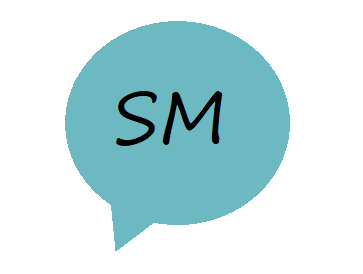Cultural and social understanding: Analyzing and interpreting visual symbols in various contexts
Analyzing and interpreting visual symbols in cultural and social contexts involves a deep understanding of the symbols' meanings within specific cultures and the broader social context.
Here's a step-by-step guide to help you analyze and interpret visual symbols effectively:
Identify the Visual Symbol
Begin by identifying the visual symbol you want to analyze. It could be an image, logo, icon, artwork, gesture, or any visual representation with cultural or social significance.
Research the Symbol's Origin
Investigate the symbol's origin and history. Determine where and when it first appeared and how it has evolved over time.
Examine Cultural Context
Understand the cultural context in which the symbol is used. Consider the cultural values, beliefs, traditions, and practices associated with the symbol's culture of origin.
Explore Social Context
Analyze the social context in which the symbol is employed. Examine how it functions within society and its significance in various social groups or communities.
Decipher Symbolic Elements
Break down the visual symbol into its constituent elements, such as colors, shapes, objects, and gestures. Consider what each element represents or signifies.
Investigate Symbolic Meanings
Research the symbolic meanings attributed to the elements within the symbol. Consult cultural and historical sources, as well as experts in the field, to gain insights.
Consider Cultural Variations
Be aware that symbols may have different meanings or interpretations across cultures. Analyze how the symbol's significance varies in different cultural contexts.
Explore Symbolic Associations
Investigate any associations or emotions linked to the symbol. Symbols often evoke specific feelings, values, or ideas.
Analyze Visual Composition
Examine the composition and design of the symbol. Consider factors such as symmetry, balance, color choices, and the use of space.
Study Usage and Context
Analyze how the symbol is used in various contexts. Determine if its meaning changes depending on where and how it is employed.
Look for Historical References
Search for historical events, figures, or narratives associated with the symbol. These references can provide additional layers of meaning.
Consult Experts and Informants
Seek insights from experts, scholars, or individuals from the culture or social group associated with the symbol. Their knowledge can provide valuable perspectives.
Analyze Contemporary Usage
Consider how the symbol is used in contemporary society. Analyze its relevance, evolution, and adaptation to modern contexts.
Reflect on Personal Interpretation
Reflect on your personal interpretation of the symbol while being aware of your own cultural and social biases. Recognize that your interpretation may differ from others'.
Synthesize Findings
Synthesize all the information gathered to form a comprehensive interpretation of the symbol's meaning within its cultural and social contexts.
Document and Share Insights
Document your analysis and interpretations for reference and sharing. Clearly communicate the symbol's cultural and social significance to others.
Encourage Critical Thinking
Encourage critical thinking and discussions about visual symbols within cultural and social contexts. Engage in dialogues to explore different perspectives and interpretations.
Remember that visual symbols are rich and layered with meanings that may evolve over time. Be sensitive to the diversity of interpretations and the potential for symbolism to change in response to shifting cultural and social dynamics.
